Media | Articles
100 years ago, Checker’s Kalamazoo factory produced its first taxicab
Morris Markin had quite a Checkered past, and that’s a good thing. In a rags-to-riches story that exemplifies the American Dream, the Russian-born Markin immigrated to Chicago in 1912 in search of a better life, and within 10 years he forever changed the automotive landscape in America, particularly in large metropolitan areas that rely heavily on public transportation.
Unable to speak English when he arrived in the U.S., 19-year-old Markin worked as an errand boy and also used his experience as a laborer in a Russian clothing factory to become a tailor’s apprentice. When his boss died suddenly, Markin purchased the shop on credit from the man’s widow.
That decision ultimately made Markin a fortune, thanks to a government contract to produce U.S. Army uniforms during World War I. It also sent him on an unexpected automotive journey. Markin, in addition to being a tailor, began running a fleet of taxicabs and an auto body shop.
By 1920, two dominant taxicab companies were operating in Chicago: Yellow Cab and Checker Taxi. Yellow Cab owned its own cab-manufacturing company, but Checker did not. Instead, Checker relied on a partnership between Lomberg Auto Body Manufacturing Co. and Commonwealth Motors to build a purpose-built cab called the Mogul Taxi. As fate would have it, Markin would soon have a hand in determining Checker’s future.
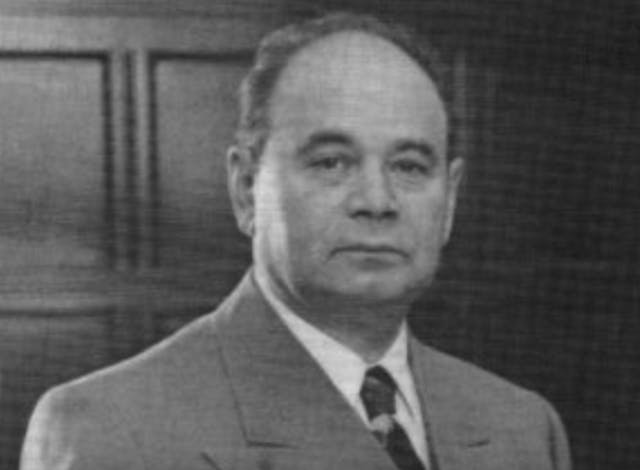
Due to his good fortune making uniforms for the military, Markin was able to loan $15,000 (the equivalent of about $230,000 today) to his friend Abe Lomberg so that Lomberg could keep his financially strapped coachbuilding business afloat. When Lomberg defaulted on the loan, Markin took possession of the company and put his name on it. By that point, Commonwealth Motors, which provided chassis for the Mogul Taxis, was also having its own monetary issues, so in October 1921, Markin took a leap of faith and purchased that company, too. Merging the two, Markin formed the Checker Cab Manufacturing Co. on February 28, 1922.
Marketplace
Buy and sell classics with confidence
While much of the automotive world celebrated the 100th anniversary of Checker’s founding last year, it’s difficult to argue that a second, perhaps equally significant centennial celebration is about to occur.
Markin’s vision and business acumen helped grow Checker so quickly that by the end of 1922, the automaker was producing 100-plus taxicabs per month in Joliet, Illinois, and there were already 600 of them on the job in New York City. Feeling the need to expand in order to keep up with demand, Markin took over two recently vacated auto factories in Kalamazoo, Michigan—once home to Dort Motor Car Company and Handley-Knight Motor—and moved operations there in 1923.
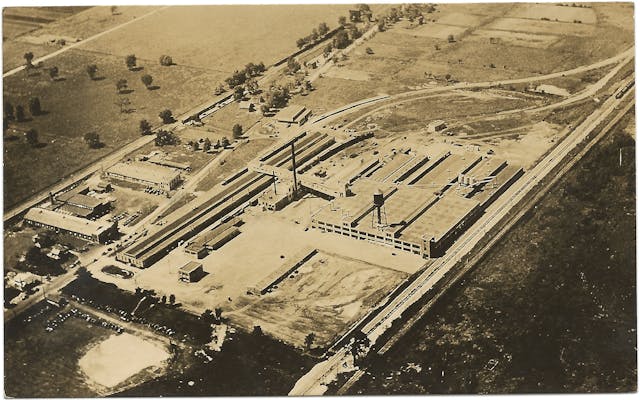
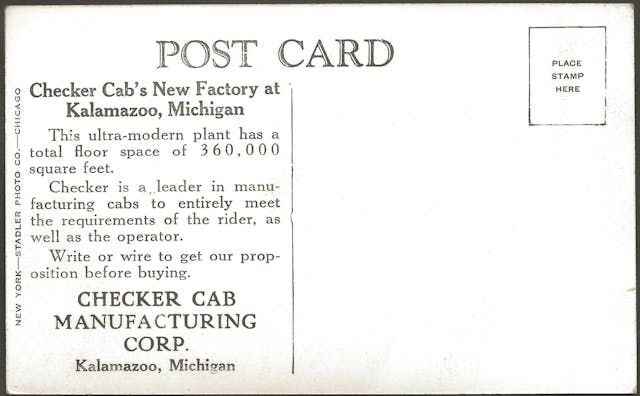
The first Kalamazoo-built Checker, a Model H, rolled off the assembly line on June 18, 1923. By the end of the year, an improved Model H2 was already being introduced. Later models—E (1924), F (1926), and G (1927)—were all versions of the original Mogul, until the newly designed Model H debuted in 1928. A year later, Markin bought controlling stock of the Parmalee Transportation Company, which included Yellow Cab, and Parmalee became the largest taxicab company in the U.S.
After Markin won a showdown with General Motors, which began manufacturing Yellow Coach taxis, he sold the company to friend E.L. Cord in 1933, staying on as company chief until buying it back in 1936. Cord’s influence was profound, as the beautiful lines of the 1935 Checker Model Y not only resembled an Auburn, the cab was powered by the same Lycoming GFD 8 straight-eight engine installed in Auburns of the period.
The legendary toughness of Checker cabs proved invaluable during World War II, when civilian vehicle production was halted and Americans at home had to make due with what they already had. When the war ended four years after the U.S. joined the fray, Checker began a run of five different models from 1947–63, then unveiled the new Model A11/A12—arguably the most iconic Checker ever built. The A11/A12 remained in production for nearly 20 years, and it can be seen in opening and closing credits of the 1978–83 television series Taxi, as well as movies like Bill Murray’s Scrooged.
Markin also sold Checker passenger cars for a time, starting with the 1960 A10 Superba sedan and station wagon, and later the Marathon. Checker production peaked in 1962 with 8173 cars, most of them taxicabs.
Markin died on July 8, 1970, just shy of his 77th birthday. His son, David, took the helm at Checker, but he had a tough time of it during the ’70s as the country converted to smaller, more economical automobiles, something that the 4000-pound Checker taxicab was not. The final Checker Cab rolled off the line in Kalamazoo on July 12, 1982 (although the plant continued to make parts until 2009). Oddly enough, that last Checker was not painted yellow but apple green.
New York City, which at one time was home to as many as 8000 Checker taxicabs, retired its last working Checker in August 1999, 87 years after a penniless Morris Markin stepped off a ship at Ellis Island, hoping to make his mark in America.

***
Check out the Hagerty Media homepage so you don’t miss a single story, or better yet, bookmark it. To get our best stories delivered right to your inbox, subscribe to our newsletters.
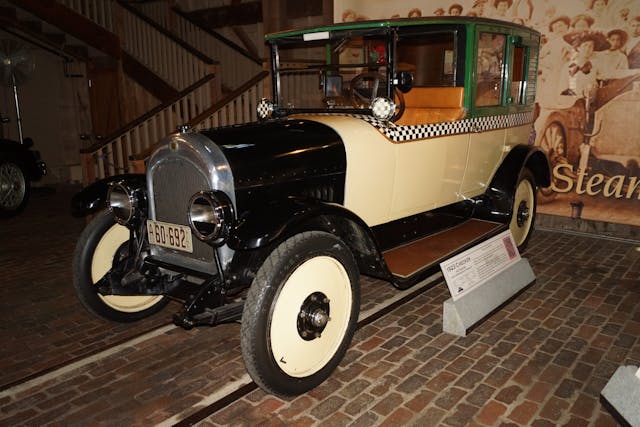

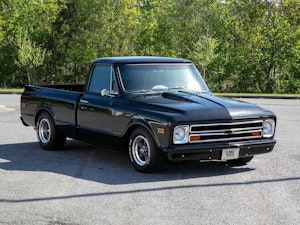


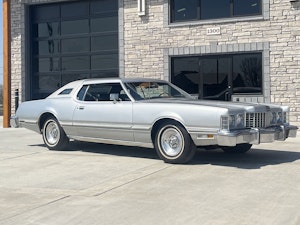



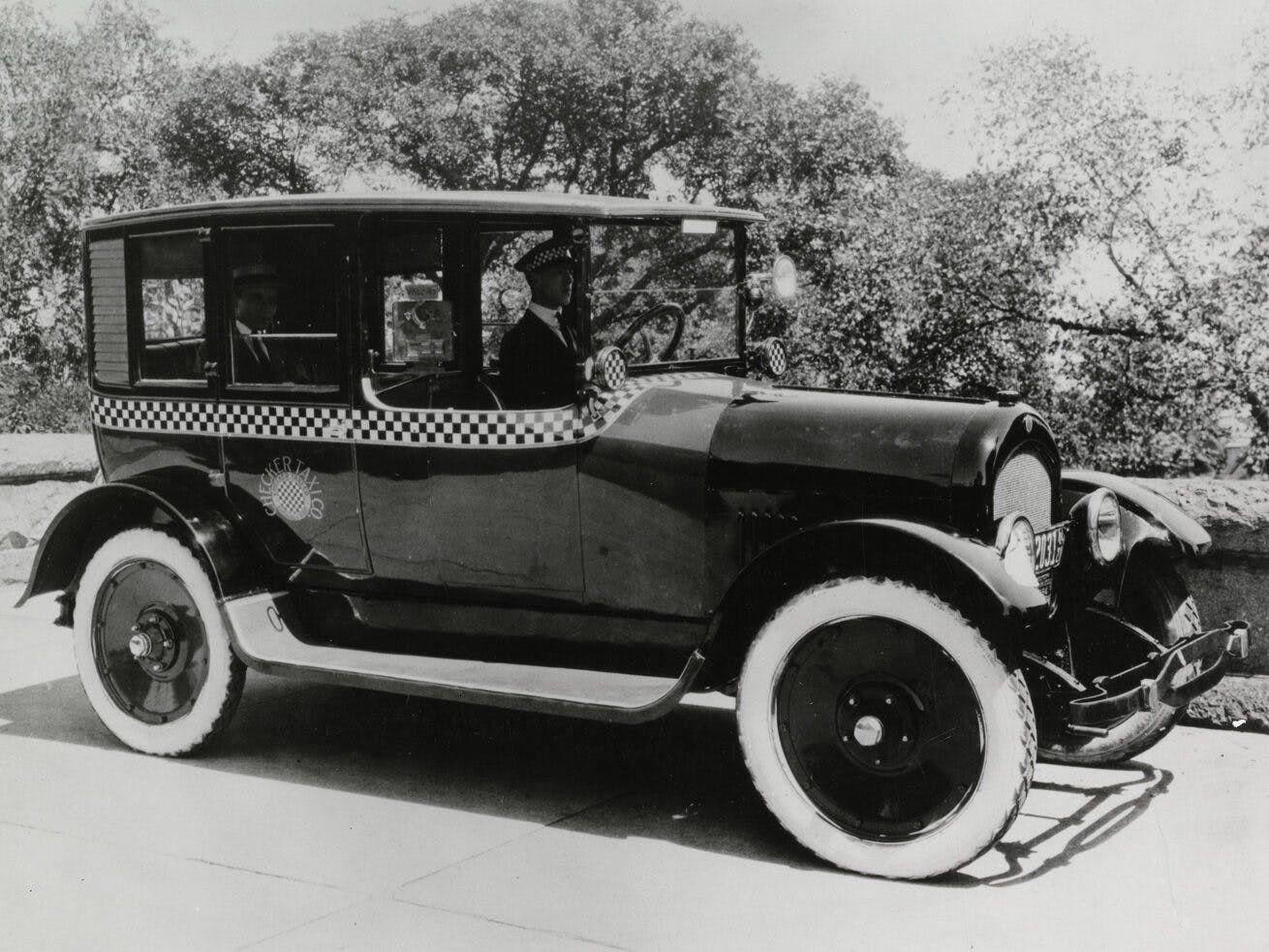

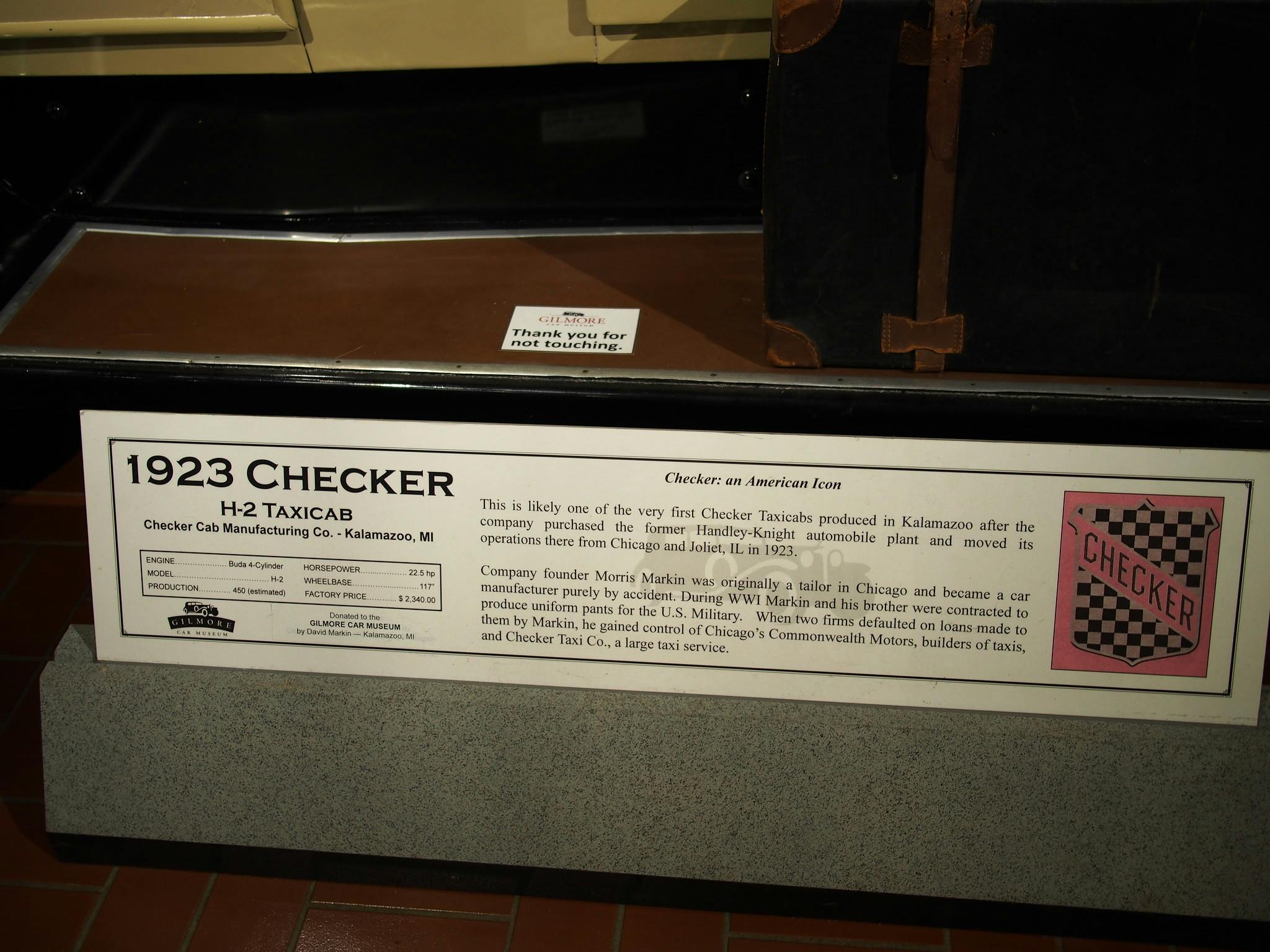
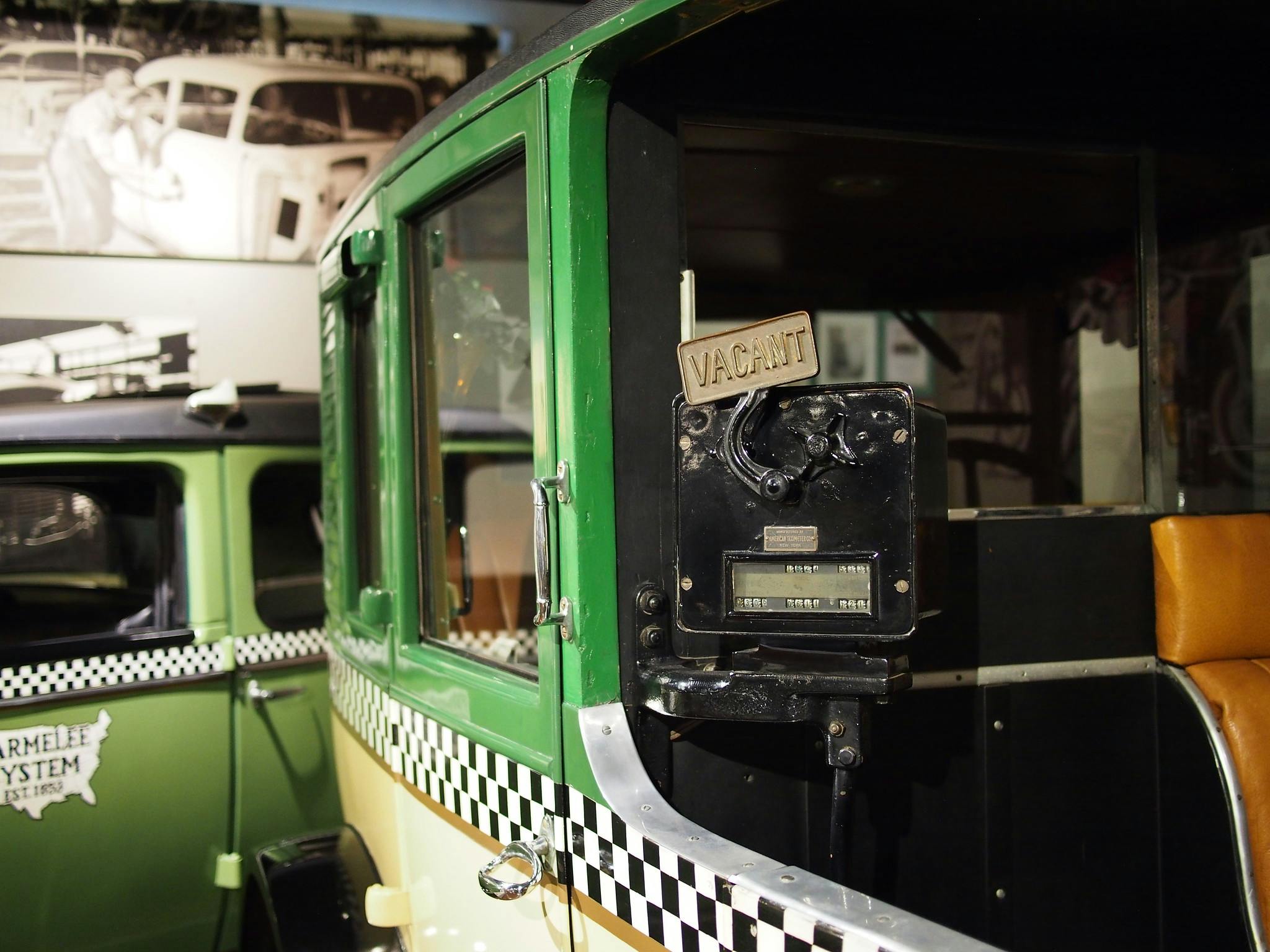





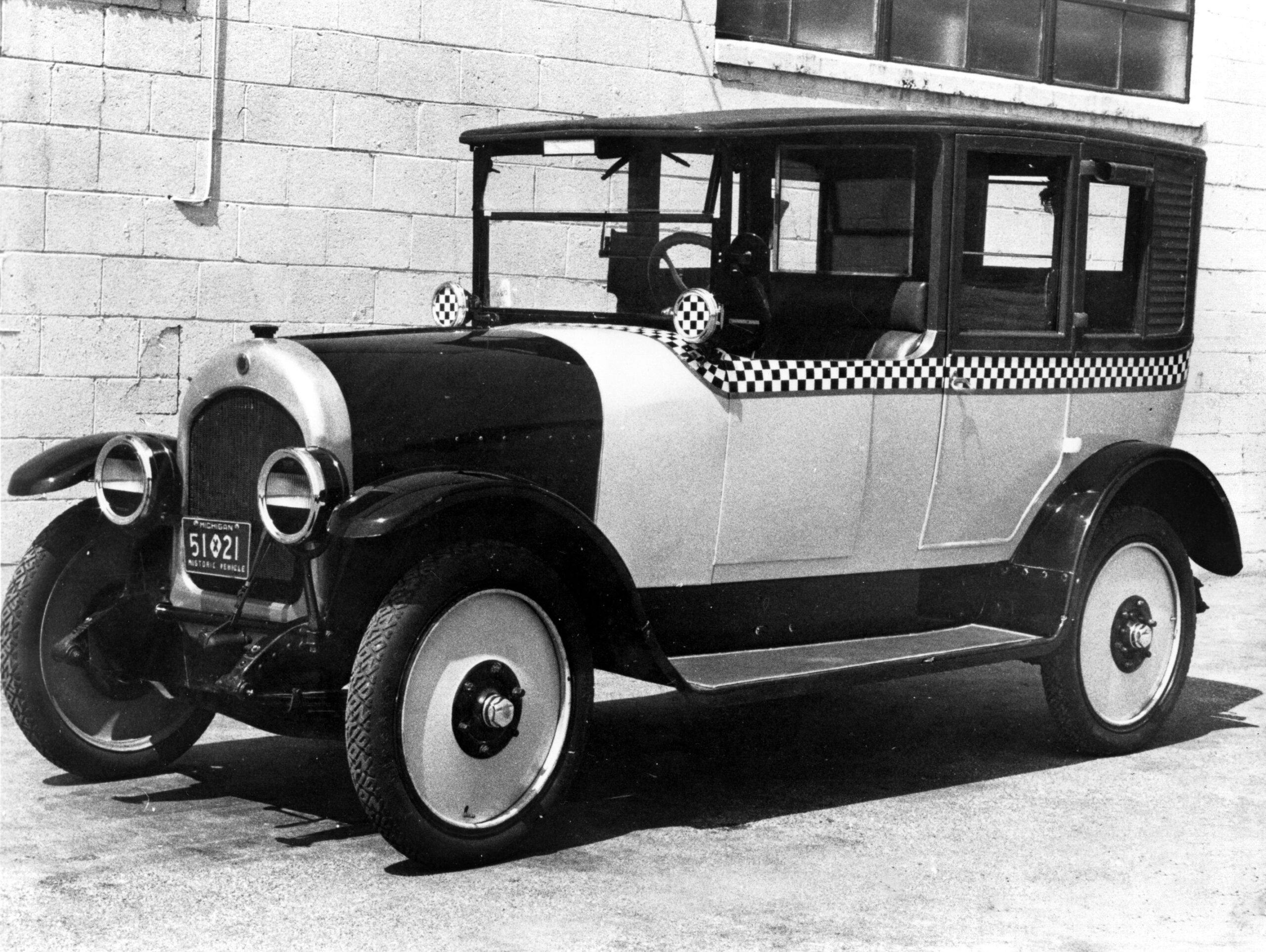


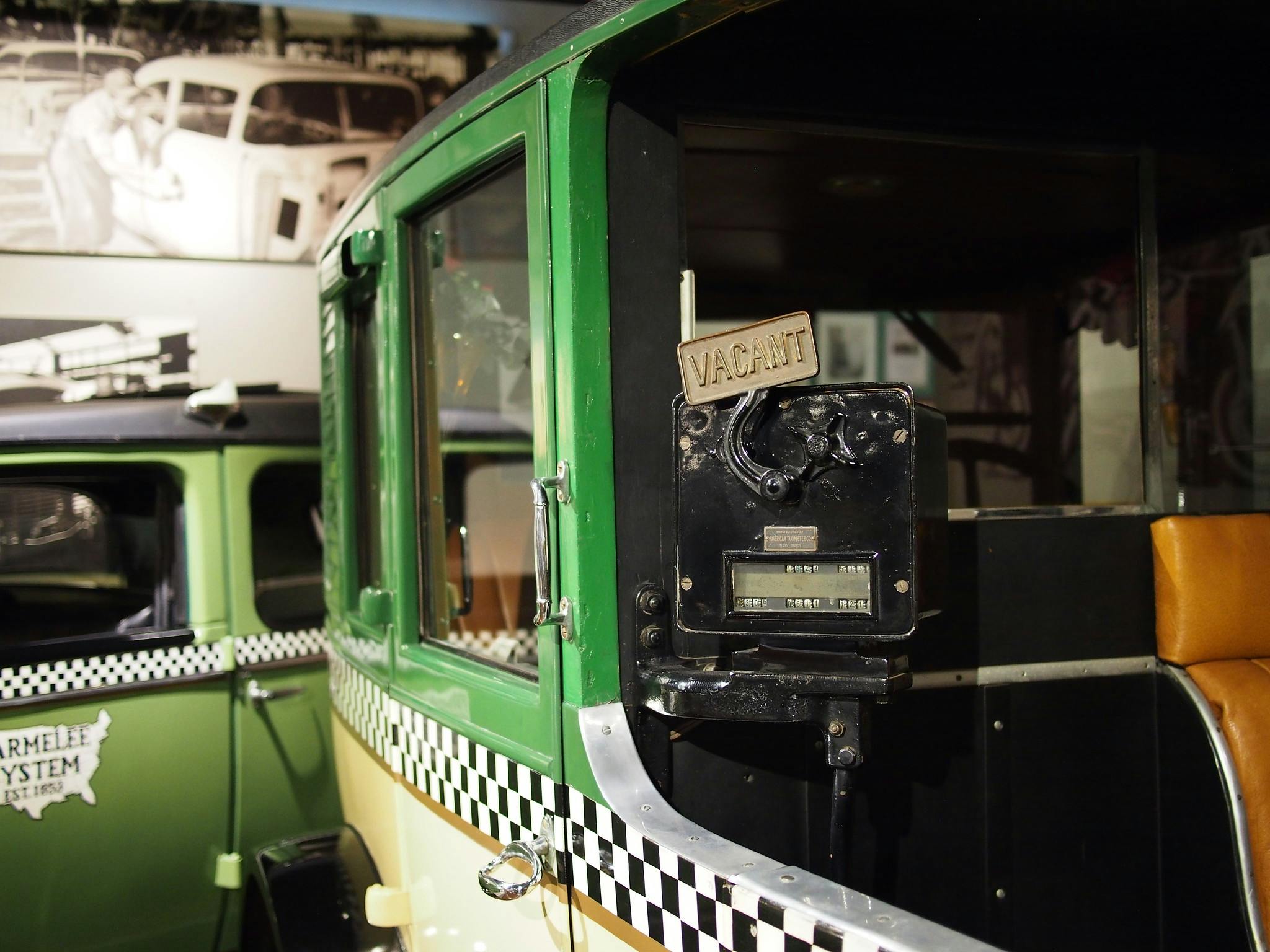
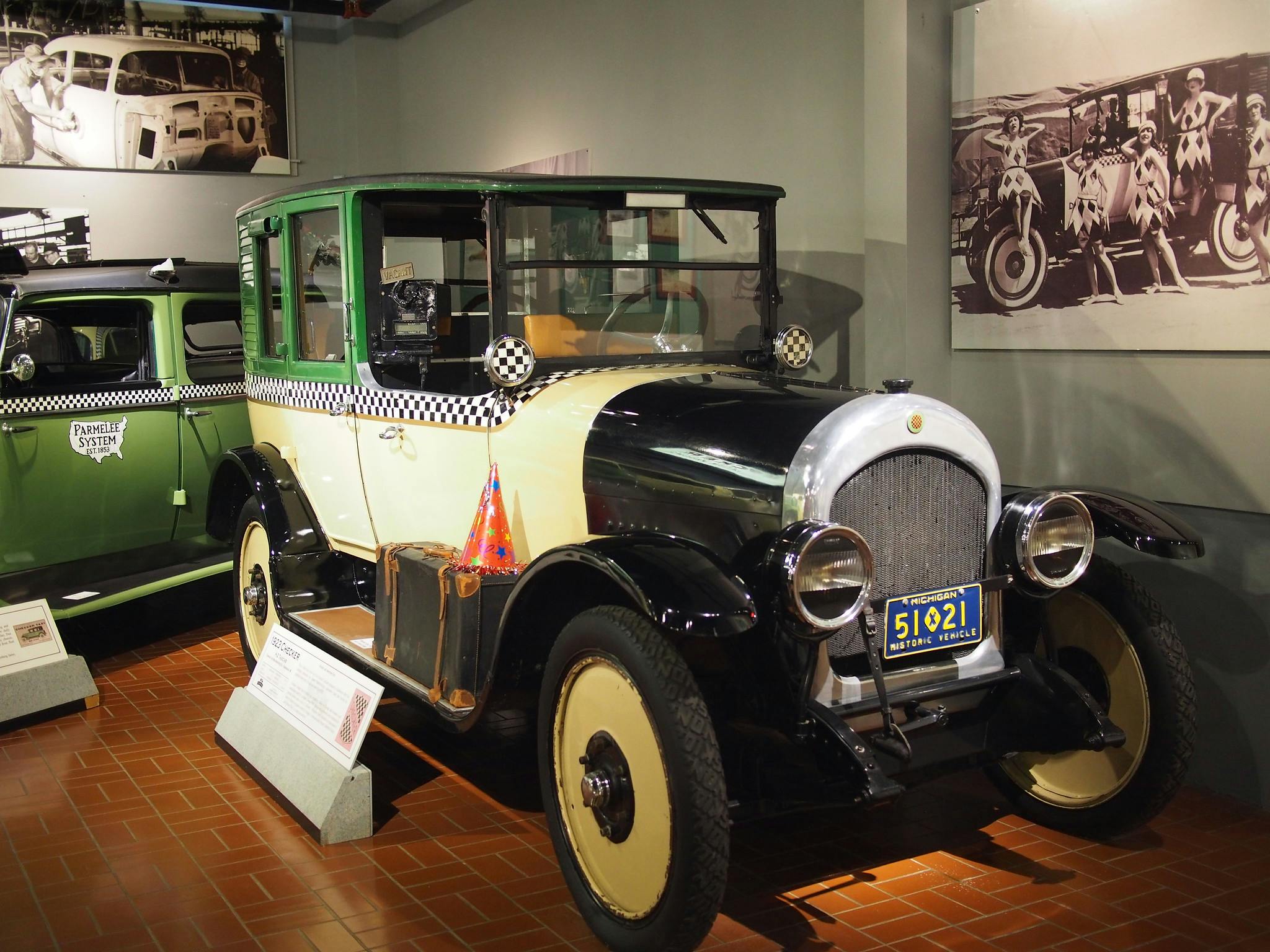
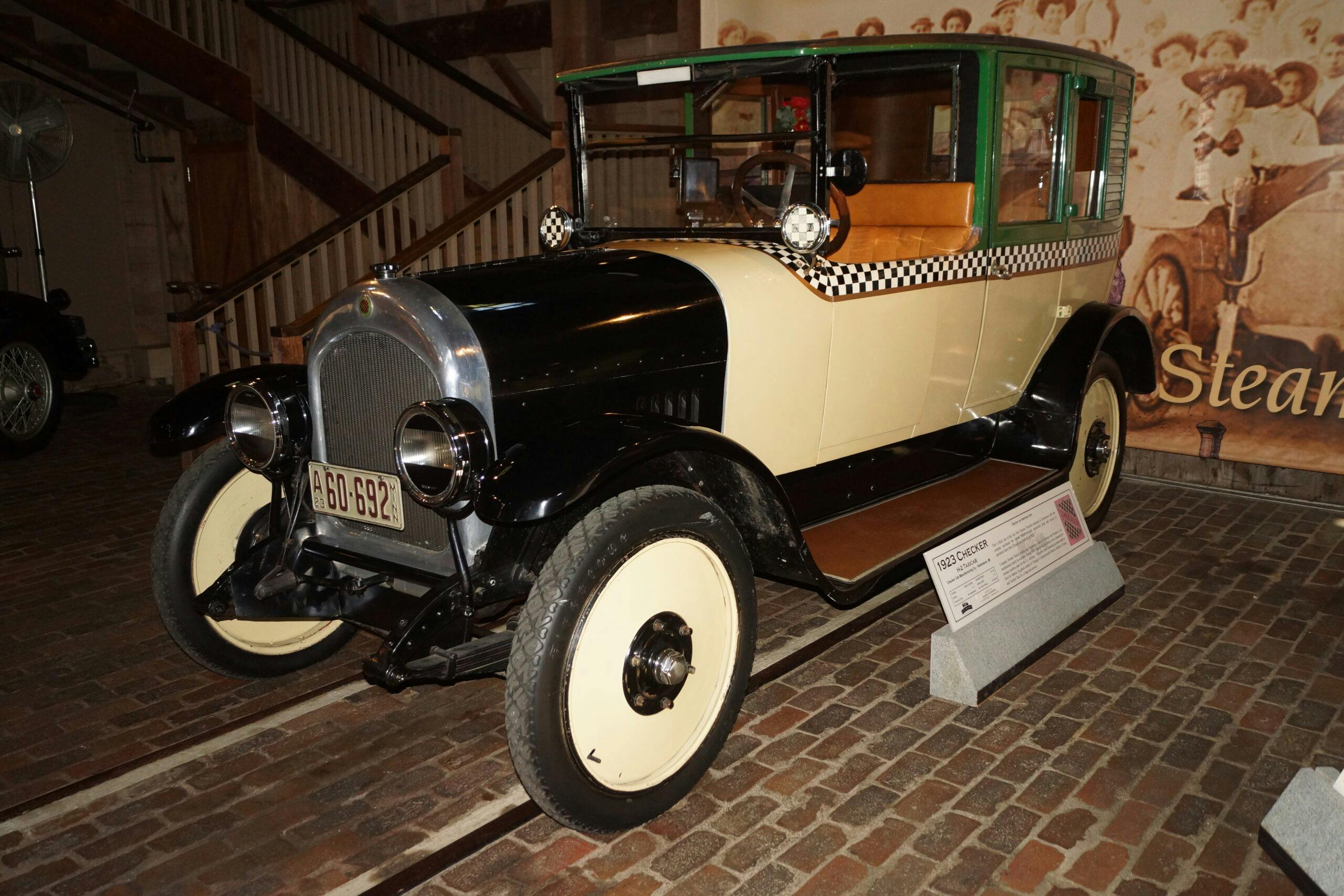
Love articles like this!
Very neat story about a brand that once was everywhere in the big city.
Proof of the American Dream.
This is what made America great. When the immigrants arrived, all they wanted was a chance to have a better life. My grandparents came over in the early 1900’s. If it wasn’t for them, I wouldn’t be here today.
If I remember right, Ed Cole of Cadillac, Chevy, and GM fame worked for Checker after leaving GM.
I had hoped the author would have included information about Ed Cole’s involvement in this story. From what I remember, he was working on a model to replace the traditional Checker with a front wheel drive model built around GM’s X body of the 70s. Ultimately Cole, who flew his own plane back and forth to Kalamazoo, would die in a crash.
I drove by the old plant this week. There is nothing left of the old plant, and only part of the test track remains. There are new buildings on the lot now, with more laid out.
This is nothing left standing of the old checkers plant. Only part of the test track remain. I drove by there last week.
I worked there in the late 80s. Always had fun there.